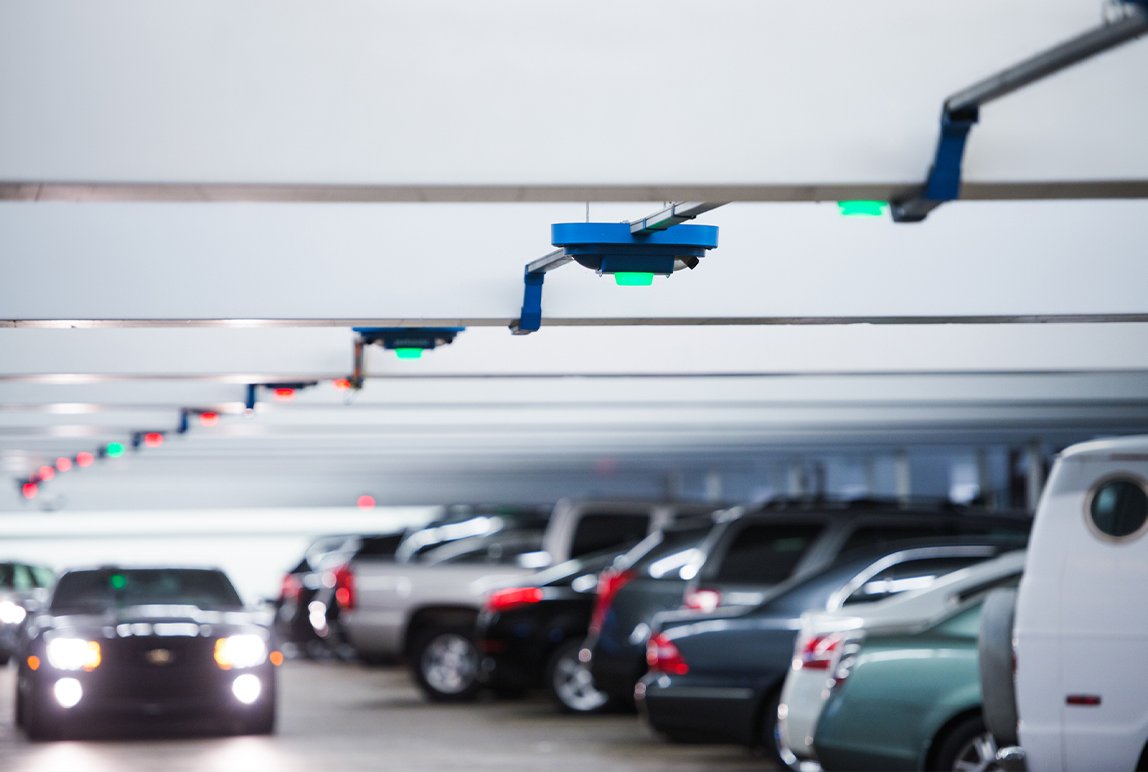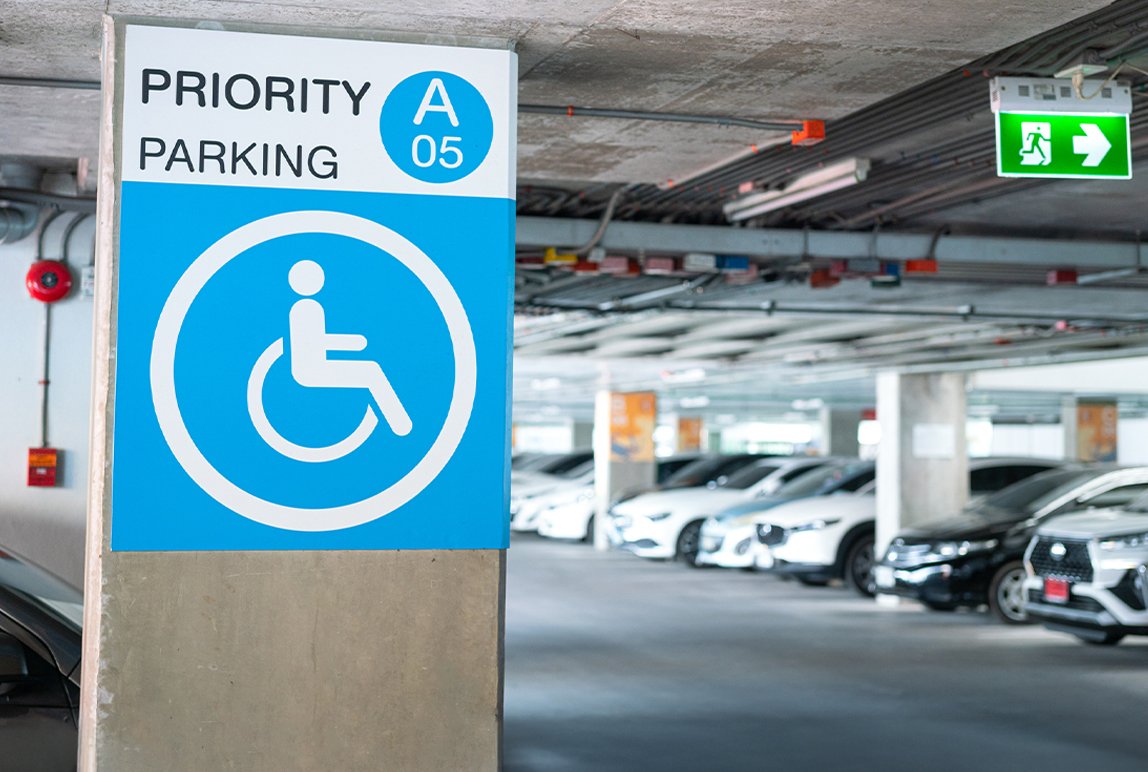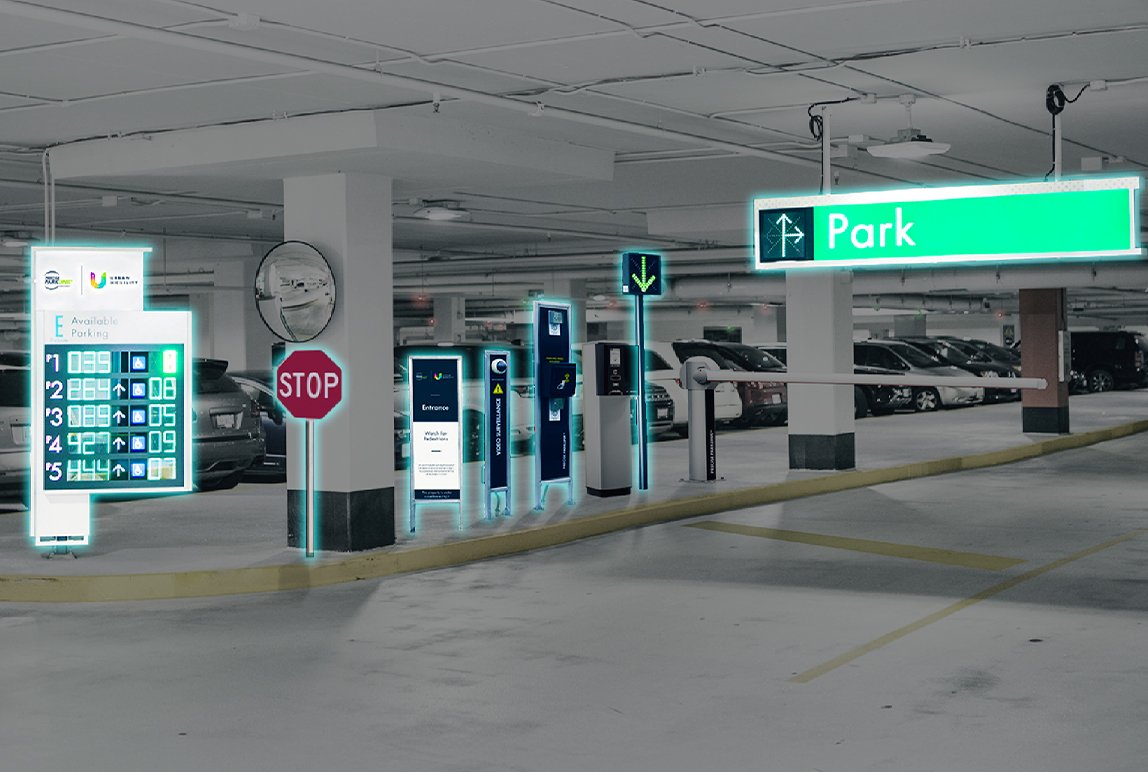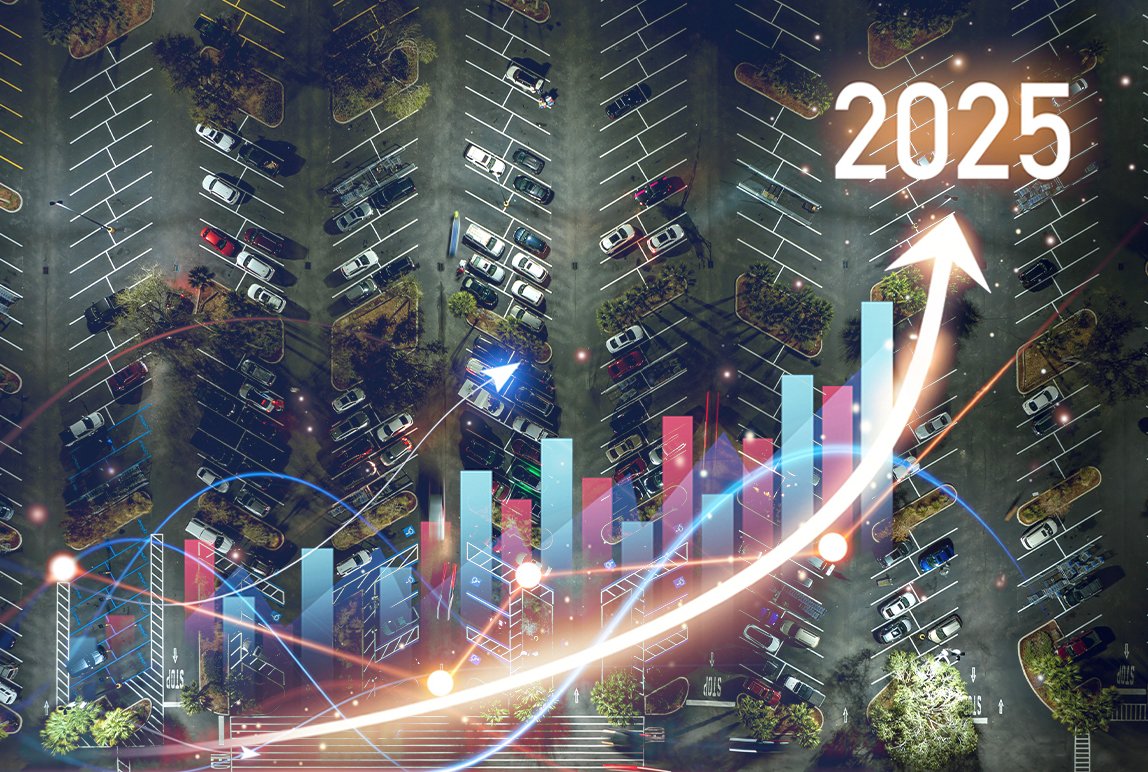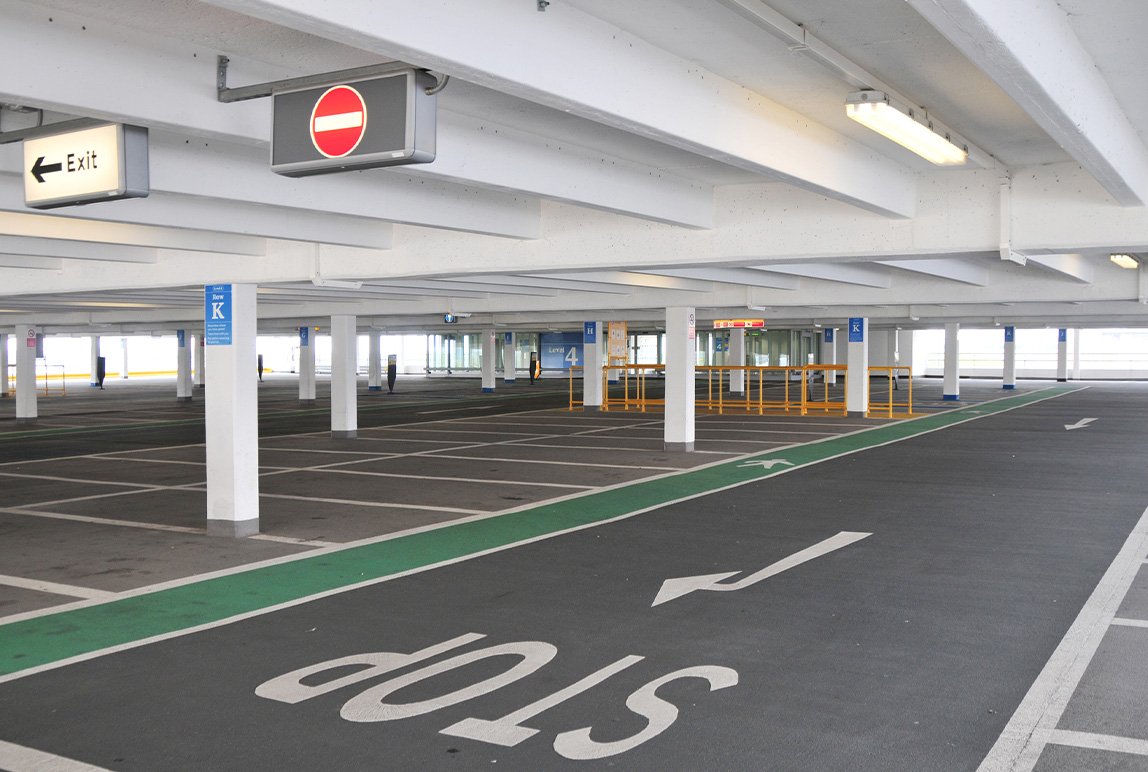Paid Parking As Progressive Social Policy
Posted: Apr, 21, 2022 11:42AM ET • 7 min read
No such thing as free parking
On average, passenger vehicles are used for about one hour each day. Storing vehicles for the remaining 23 hours in a day takes a lot of storage, and that takes a lot of space.
In fact, most communities need at least three parking spaces per vehicle — at home and at work, plus educational institutions, recreational spaces, and for commercial purposes.
Constructing and maintaining these parking spaces is an expensive undertaking, typically at an annualized cost to municipalities or business owners of $1000 or more. However, despite many parking spaces effectively costing more than the vehicles they store, they are often viewed as a public good and offered to patrons for “free.”
But in reality, these costs are recuperated indirectly by municipalities through taxation, residential developments through higher rents, and by businesses through higher prices and lower employee benefits. What’s more, these indirect methods transfer the costs to everyone, not just specifically to users of the parking facilities.
What’s the appeal of free parking?
The widespread conventional belief is that free parking entices customers to your store or town, and thus brings in greater revenues as business is taken away from stores or towns that do charge for parking — that is, free parking is good for business.
In reality, however, free parking incentivizes long-term parking, which often includes the business owners themselves, their employees, and nearby residents. In other words, it blocks the high customer turnover that those businesses rely on.
By setting the price of parking as low as it can go — that is, by offering it for free — municipalities are effectively increasing the demand for parking without commensurately increasing the available supply. This has a number of detrimental effects on the community, including increasing traffic congestion along with the safety and environmental damages that go with it, decreasing access to affordable housing by adding the value of parking to home prices, and contributing to urban sprawl and other inefficient uses of land.
Benefits of paid parking
Managing parking through pricing strategies is more efficient, cost-effective, and overall more beneficial than increasing the parking supply. Many of these benefits are very obvious, such as becoming a source of revenue to pay for its own implementation and create enforcement jobs, or tighter control of street traffic creating a safer experience for residents and visitors alike, but some are a little less obvious, as I’ll discuss in greater detail below.
Costs and revenues
Business owners who would otherwise invest in expanding their employee parking facilities often find it is more cost-effective to subsidize alternative modes of commuting to work, such as public transportation. Likewise, municipalities considering building new parking facilities in their downtown cores, where the cost of land is much higher, often find the project prohibitively expensive, and so they would be well served by opting instead to control the existing parking supply through pricing to effectively manage demand.
Indeed, parking can generate significant revenues for municipalities to help offset the cost of building and maintaining their roads, which otherwise take up a large portion of their budgets. Not only does paid parking shift the financial burden more fairly to those services’ actual users, but it also opens up an entirely new revenue source not otherwise available to municipal governments — namely, non-residents.
In another example, municipalities concerned with the availability of affordable housing, particularly in their downtown cores to give people the greatest possible access to employment opportunities, also have the power to compel residential developers to charge for parking separately from housing costs. As parking typically costs in and around 10% of the total construction cost, which would be recuperated only from actual users, this can represent a significant savings for non-users.
Customer turnover
Businesses can only survive and continue to create employment if they’re able to sell their products. As previously noted, free parking encourages long-term parking by potential customers but also by many other people looking to take advantage of a lack of enforcement.
To get their products in front of as many prospective buyers as possible, stores need a high rate of turnover. The most efficient way to achieve this is by limiting the time customers are able to park in a specific area, whether by posting a strict limit, charging customers for the convenience, or some combination of the two with the necessary enforcement to ensure compliance.
Data and management
The license plate data captured during parking payment and enforcement activities can provide municipalities with a bounty of useful information to help build the smart cities of the future.
By monitoring traffic flows in real time, cities can more easily identify congestion checkpoints, and when deploying this type of analysis as a first step to rectifying these issues, municipal governments are actively working to make their cities more liveable.
By leveraging data shared from connected parking meters and pay stations, all parking operators, whether municipalities or private enterprise, get a more accurate representation of their parking supply and can adjust rates and time limits dynamically, in real time, as they see fit. This helps ensure that areas most affected by congestion see the greatest turnover.
I should note at this point as well that it’s a common misconception that greater turnover leads to greater congestion; in fact, the opposite is true. Because the promise of free parking encourages drivers to circle the block repeatedly while waiting for a space to open up for them, cities offering free parking actually see heavier traffic on their streets. This increased congestion, coupled with drivers focussing their attention on available parking spots rather than on other road-users, may lead to increased incidence of collisions, both with other cars and pedestrians who may be trying to cross the street. For safety reasons, then, controlling traffic is of paramount importance to municipalities and charging for parking, even if it seems counterintuitive, is demonstrably beneficial.
Environment
Reducing traffic congestion of course reduces the environmental impact passenger vehicles have, but by letting non-shoppers transit the area more quickly, allowing deliveries to take place more efficiently, and leaving more room for public transportation, all forms of road transport see a considerable improvement in their environmental impact.
It’s also true, of course, that raising the price of parking will reduce the demand. We can expect to see longer-term parkers, such as those commuting into the city for work, will start opting for alternative means, such as public transportation. Indeed, improving these networks is a common priority for municipalities looking to spend the revenue that parking enforcement generates, regarding it as a reinvestment back into the city’s transportation infrastructure more broadly than simply roads or parking stalls.
Implementation strategies
Given the numerous detrimental externalities associated with unpaid parking, the benefits to paid parking are hard to overstate.
Public relations
However, because “free” parking is so heavily ingrained in many road-users’ minds, municipalities and other entities moving towards a paid parking program and strategy will need to frame the conversation around addressing environmental, housing, and business concerns to gain public buy-in. And by shifting the cost of building and maintaining parking infrastructure to only those people using it, we can expect to see a much more significant impact of these policies on driver behaviour. A parking technology provider should be able to assist you with appropriate and time-tested messaging to properly communicate changes to your parking strategy, especially if implementing paid parking for the first time.
Unbundling
As I discussed above, bundling parking costs with rent is one way residential developers can recuperate the cost of building the parking facilities while promoting its inclusion as a benefit to renters who don’t see an itemized breakdown of their costs. However, this method spreads the cost evenly among all residents, rather than focussing on those who actually use the facilities, including the residents’ guests who opt to drive and park their vehicle in that lot.
Residential parking permits
Somewhat like unbundling above but applied to an entire municipality — and effectively making all city streets paid parking of one kind or another — municipalities can require the purchase of residential parking passes. This would be done in lieu of maintaining the implied permission of drivers to park anywhere they don’t see an enforcement notice, though of course this need not apply to vehicles parked on homeowners’ private property.
Share Article:
Featured Articles
ABOUT THE AUTHOR
Melissa Tucci
Client Relations Manager
Melissa’s extensive experience in a variety of roles with Precise ParkLink has given her a unique perspective on how to effectively navigate Precise ParkLink’s corporate structure to advocate on her clients’ behalf. Melissa’s success in her career with Precise ParkLink so far has been marked by thriving in fast-paced environments and going above and beyond to meet project stakeholders’ requirements. In her present role, Melissa leverages her client service skills and account management experience to act as her clients’ day-to-day point of contact. This entails playing a key role in ensuring that all client accounts are reconciled and paid in a timely manner, and supporting client engagements in the areas of staff training and development, project management, implementation, and scheduling.
Questions?
Fill out the form below and we will do our best to connect you with a suitable contact.



